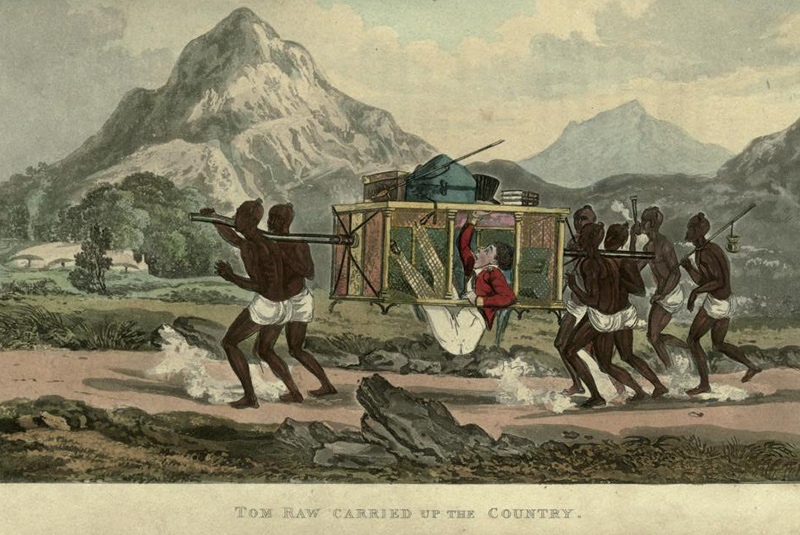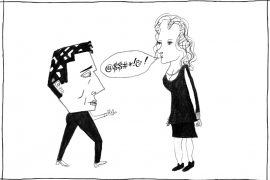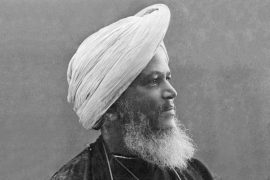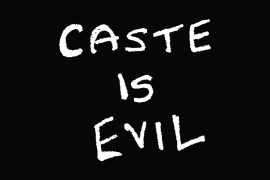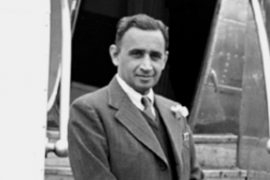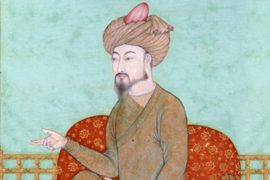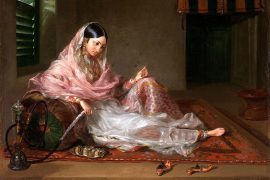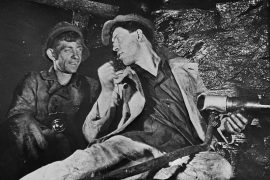Political cartoons are, without doubt, the most eye-catching part of a newspaper or magazine. Caricatures of the familiar politicians – more than anyone else – in their oversized attire or larger-than-life torsos not only make us chuckle in the morning but also bring them down from the hallowed pedestals we have placed them on.
With the increasing use of social media and memes, political cartoons have grown by leaps and bounds, and taken different forms in mocking the high and mighty: be it Narendra Modi or Rahul Gandhi, Mayawati or Mamata Banerjee. This culture of lampooning political leaders through the medium of cartoons, interestingly, had its origin in British India.
In the colonial days, Indian cartoonists walked a tightrope between expressing their creativity and getting censored. The earliest newspapers to carry political cartoons were the English owned Bengal Hurkaru and the India Gazette in the 1850s; nationalist papers like Amrita Bazaar Patrika started publishing cartoons from 1872. In the 1870s, the Sulav Samachar published a poignant cartoon of a dead coolie with his wife weeping by his body, while a European doctor is conducting the post mortem. The coolie’s killer is nonchalantly smoking a cigar, a situation reflective of the times.
The British cartoonists also found ample opportunity in colonial India to give vent to their creativity, with Sir Charles D’Oyly being the first to do this in his Tom Raw, the Griffin (1828) that chronicled the hilarious antics of an East India Company novice. Later local cartoonists learnt from D’Oyly and his ilk.
Copyright©Madras Courier, All Rights Reserved. You may share using our article tools. Please don't cut articles from madrascourier.com and redistribute by email, post to the web, mobile phone or social media.Please send in your feed back and comments to [email protected]

